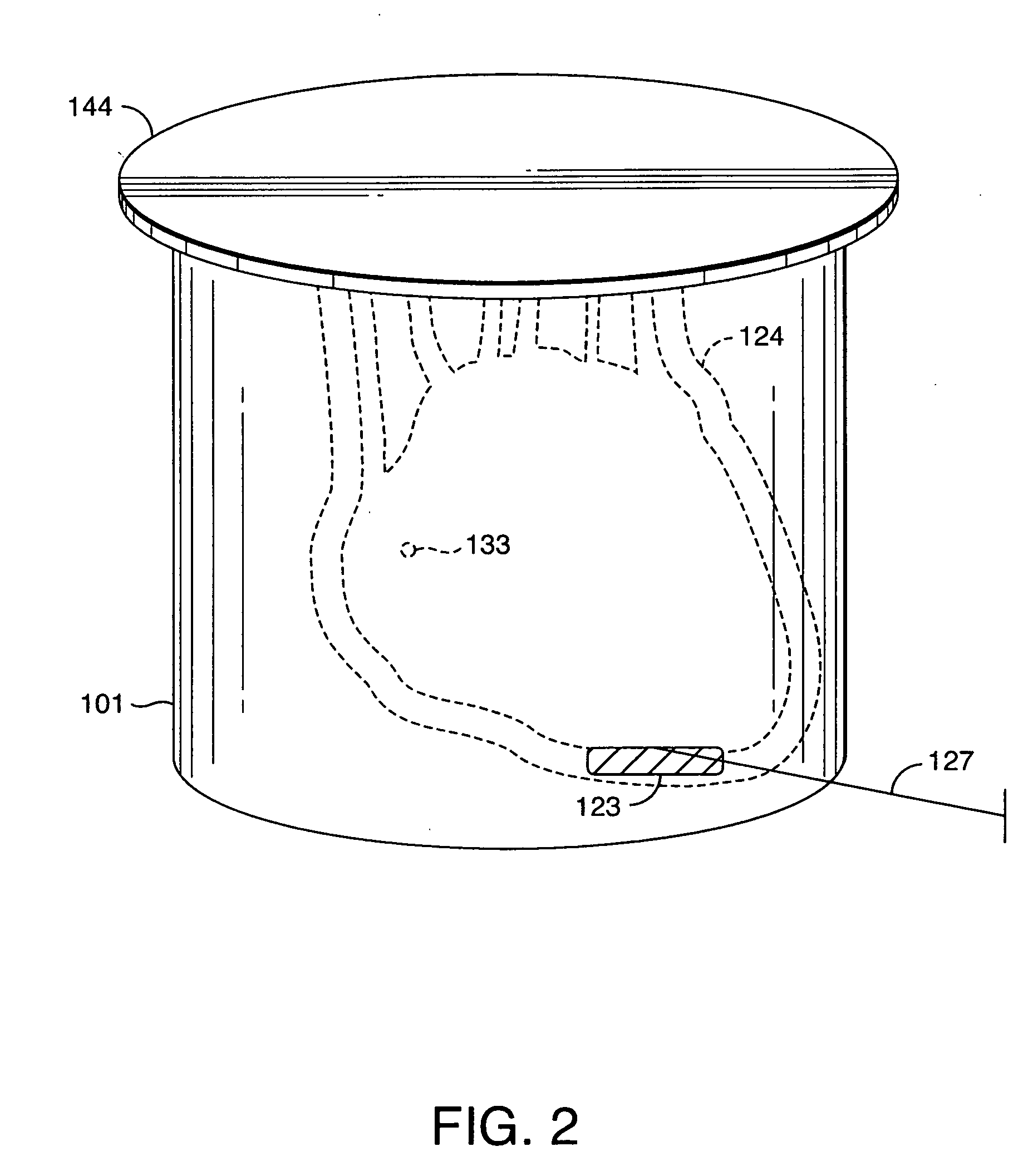Compositions and methods for the evaluation and resuscitation of cadaveric hearts for transplant
a technology for cadaveric hearts and organs, applied in the field of tissue preservation and organ transplantation, can solve the problems of compromising affecting the viability of post-transplantation tissue, and affecting the viability of the candidate tissue or organ after transplantation, so as to prevent acute cell or tissue damage, delay or prevent oxidation of the substrate biological molecule, and aid in the preservation of the heart
- Summary
- Abstract
- Description
- Claims
- Application Information
AI Technical Summary
Benefits of technology
Problems solved by technology
Method used
Image
Examples
Embodiment Construction
[0037] I. The GALAH and GALAHS Solutions
[0038] The organ preservation solutions described by the present invention increase the amount of time an organ, intended for transplantation, may be preserved in a viable state. The organ preservation, or maintenance, solutions described by embodiments of the present invention shall be referred to as the “GALAH” solution (named after Glutathione, Ascorbic acid, L-Arginine for the Heart). This GALAH solution is a modification of the GALA solution taught in U.S. Pat. No. 6,569,615 to Thatte, et al. (herein incorporated by reference).
[0039] This GALAH solution, as described in embodiments of the present invention, differs from other organ preservation solutions in a number of respects. Crystalloid-based cardioplegic and preservation solutions (previously described in the literature) preserve the structural integrity and function of a candidate cadaveric heart in the range of four to six hours. Selected embodiments of the present invention desc...
PUM
| Property | Measurement | Unit |
|---|---|---|
| Pressure | aaaaa | aaaaa |
| Vapor pressure | aaaaa | aaaaa |
| Composition | aaaaa | aaaaa |
Abstract
Description
Claims
Application Information
 Login to View More
Login to View More - R&D
- Intellectual Property
- Life Sciences
- Materials
- Tech Scout
- Unparalleled Data Quality
- Higher Quality Content
- 60% Fewer Hallucinations
Browse by: Latest US Patents, China's latest patents, Technical Efficacy Thesaurus, Application Domain, Technology Topic, Popular Technical Reports.
© 2025 PatSnap. All rights reserved.Legal|Privacy policy|Modern Slavery Act Transparency Statement|Sitemap|About US| Contact US: help@patsnap.com


